There Are 4 Types of Aging and You Can Stay Younger If You Know Yours, Scientists Say

Woodingdean Water Well. It may have the title of the deepest hand-dug well in the world, but at first sight, it’s just a small covered well you wouldn’t even assume that it’s there. It’s located somewhere close to Brighton and Hove, England.
Despite its inconspicuous appearance, it’s as deep as the Empire State Building is tall — 1,280 feet straight down into the dark, wet ground. Hey, toss in a penny and make a wish. Wait it’s not a wishing well. Never mind.
In the middle of the 19th century, one powerful corporation wanted to build a new workhouse in the area that’s today known as Elm Grove [Brighton]. They decided to add to it an industrial school for juveniles as well. It was established for those whose parents were living in the local workhouse and the aim was to teach the youth “the habits of industry.”
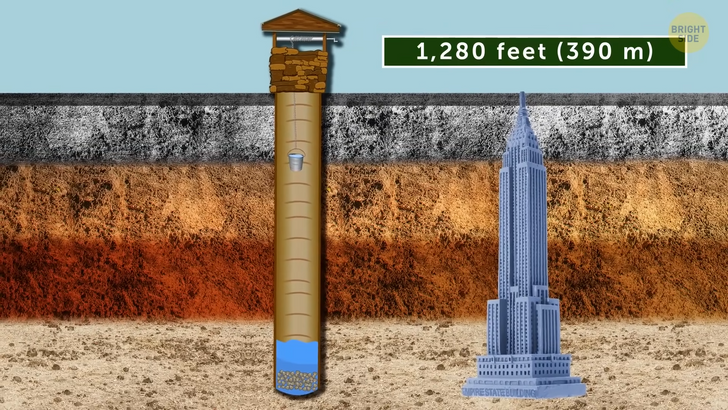
The corporation wanted to provide water for their new institution, so they dug a new well. It was too expensive to bring piped water in from the nearby waterworks. They first wanted to make a 6-feet-wide brick-lined well down to about 400 feet. That’s where they expected to find the subterranean water table.
They were digging for 2 years, and the shaft went past those depths, but they still didn’t find any water. They thought they somehow missed the water source, so they started digging horizontally in 4 different ways. Even after many hours of work and multiple tunnels in different directions... Still nothing.
For the next two years, they didn’t stop digging. Workers would descend rickety ladders hundreds of feet below the surface, illuminated just by the light of candles. They only used hand tools to load their buckets with soil and pass them up to the surface. Then they would use bricks other workers would send down from above to line the narrow interior.
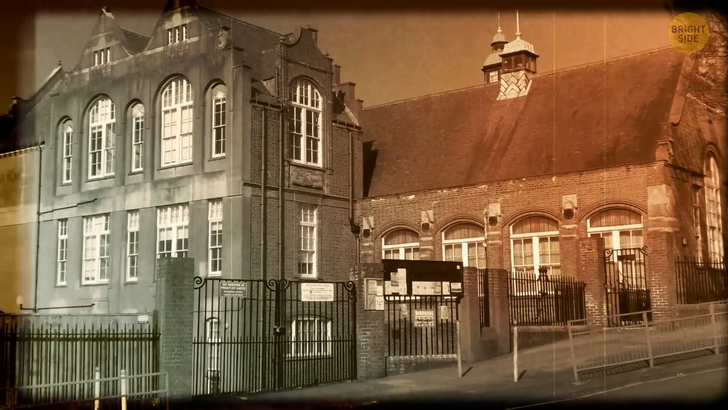
The heat down there was intense. They were able to breathe thanks to steam engines that would pump air through pipes down below. After 4 years of digging, they got to a depth of 1,285 feet. 850 feet of that was below sea level. At that point, the water finally broke through the surface. But as it was coming up, the workers were trying to escape it. It took them 45 minutes to scramble up such a deep shaft.
It was expensive, and the company put enormous effort into this well. And they used it for just four years. They abandoned the well in favor of some other, more practical one. A 2-foot flint and brick wall is surrounding Woodingdean Water Well now. There’s also a metal lid covering its top, so people wouldn’t fall. It would certainly feel like a journey to the center of the Earth, don’t you think?
It took a research team 20 years to drill down the Kola Superdeep Borehole. This one is over 40,000 feet [40,230 feet] deep. And despite getting so deep, they never actually reached the mantle. The drill bit was just around ⅓ of the total way through the crust to the mantle. The heat was insane which made their work extra hard. Also, their drill got stuck in a rock, so the whole project was finally abandoned in 1989.
The Kola Peninsula is located deep in the Arctic Circle. Forests, lakes, snow, and mysterious mists, kind of turn this area into a scene from a fairy tale. But in the middle of one crumbling building there, you can see a heavy, rusty metal cap. It’s embedded in the concrete floor as well as secured by a thick, rusty ring of metal bolts. And that’s the deepest artificial point on our planet.
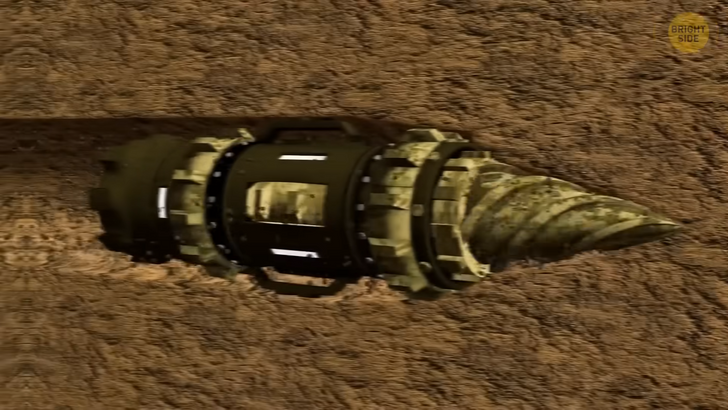
Bingham Canyon Mine near Salt Lake City, Utah is a cool one too. More people know it as Kennecott Copper Mine. This mine spans 3 square miles and produces more copper than all other mines have in our world’s history. It was opened at the beginning of the 20th century. It’s owned by large multinational corporation [Rio Tinto] at the moment.
Back in 2010, they even declared they’d like to dig the mine further and deepen it for another 300 feet. Bingham Canyon Mine has so many roads. If you could stretch them out into one large road, it could go from Salt Lake City all the way to Denver. There was a massive landslide in April 2013 in this area — so strong it even caused its own earthquakes. This is the world’s deepest open-pit mine [0.6 miles], so deep astronauts can see it from orbit.
Humans first started digging toward the planet’s mantle in the 1960s. That’s when American scientists began with something they named “Project Mohole”. The project got its name after a man [Andrija Mohorovicic] who found the boundary between the Earth’s mantle and crust. The team didn’t drill on land, but on a boat in the ocean. The crust is actually thinner on the ocean floor, although the difficult part is that the crust is the thinnest in areas where the ocean is deepest. Go figure. The researchers were drilling next to the island of Guadalupe, which is off the west coast of Mexico.
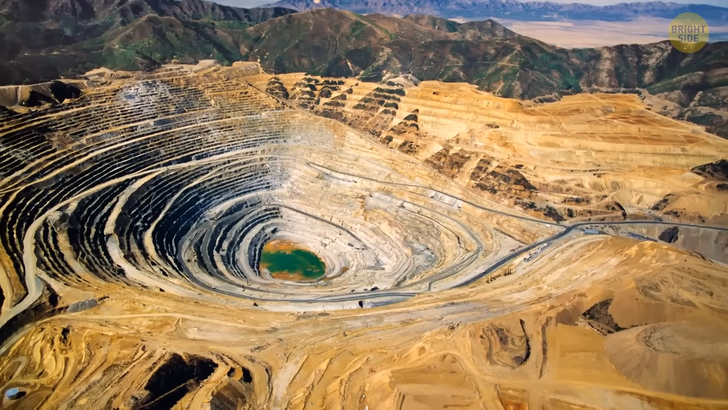
There’s a pit of impressive size and an amazing background story. One man [Bapurao Tajne] in a drought-ridden part of India [state of Maharashtra] has really done the impossible — he dug a well in only 40 days. His wife wasn’t allowed to draw water from a well that was in the village because of the caste they belong to. A man decided to dig a well by himself and give a source of water both to his family and the community.
No one believed it was possible, but he took his shovel and kept digging day after day, before going to work every morning, and later in the evening after he would finish the work. 40 days later, he finally got to the water and proved that some people can sometimes truly stretch their mental and physical limits to achieve what’s impossible.
Imagine how difficult it is to dig a mine by hand. And we’re talking about a really big hole mine. They would mine diamonds without any machinery. You can find such a case in South Africa in the province of Kimberley. A geological pipe there was formed after a breakthrough of gasses in the crust of our planet. The pipe was named Kimberlite after the location, just like others in that area. It’s in the shape of a pretty large carrot. You can see its upper conical part that narrows as it goes deeper, turning into a vein in the end. 1870 was the time when the diamond fever began in the city of Kimberley.
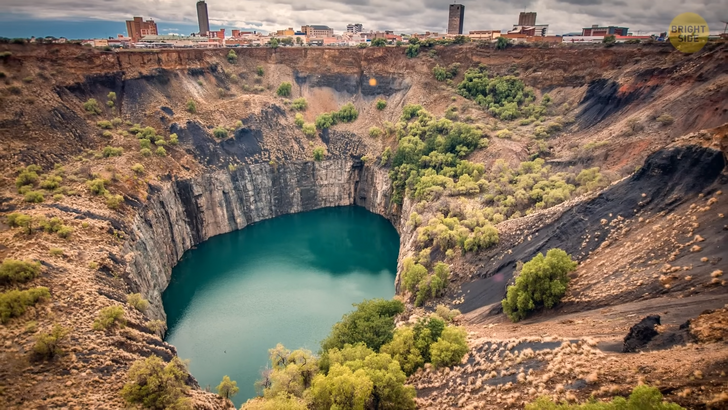
Nearly 50,000 people were mining and extracting more than 20 million tons of soil using only their picks and shovels. The development area was close to 2 million square feet [1,829,000 square feet]. They dug up to 787 feet from 1871 to 1914 and extracted enormous amounts of diamonds, worth more than a billion dollars. This mine has become an artificial lake. Today it’s the most picturesque landmark in this province.
Darvaza crater is one of the world’s most unique spots you can find. It’s a burning hole people actually made more than 40 years ago. This gaping crater opened up in the desert of Turkmenistan. It was most likely a consequence of a drilling mishap.
Geologists then set it on fire on purpose. They were afraid all those noxious gases would have a negative impact on the environment, so they wanted to burn them off. They also wanted to prevent the spread of methane gas after the ground below the drilling rig collapsed into a cavern.
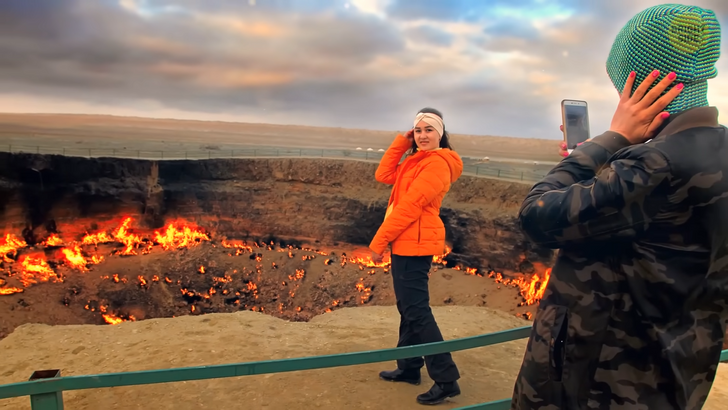
So, now we have a 98-feet deep hole [diameter of 226 feet]. They thought the crater would burn only for a week or so. Oops! But they were wrong. Thing is, the crater’s been burning for over 40 years now.
Actually, it’s not that bad. The hole on fire eventually turned into a quite popular spot that attracts many tourists. This site looks like the portal to the Earth’s core! Hey, maybe you have some marshmallows we can roast?











